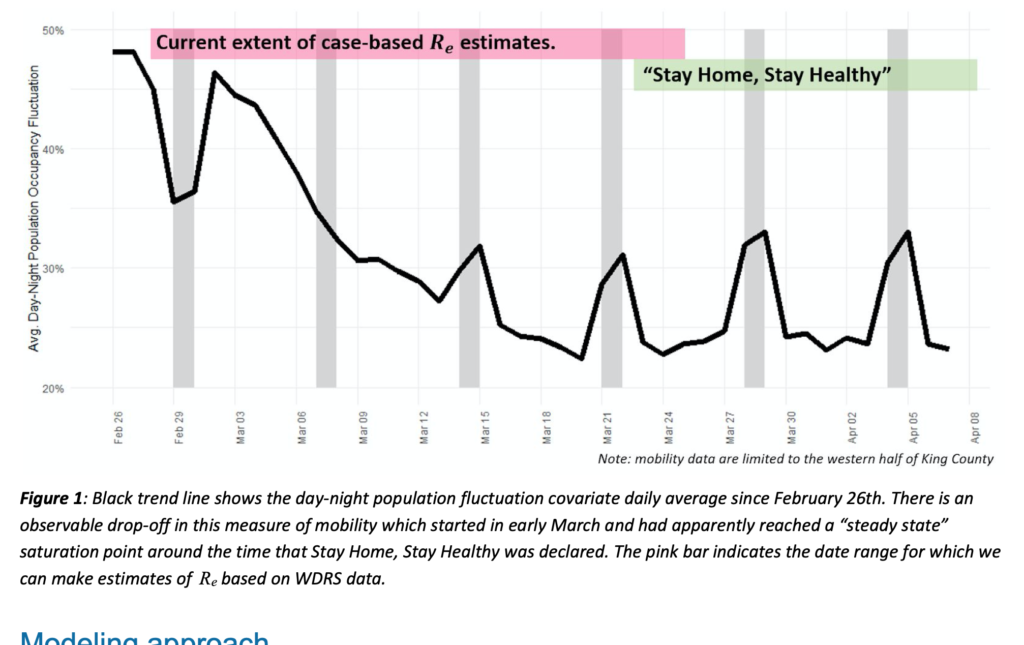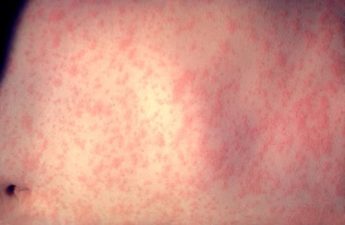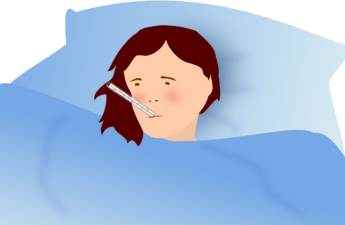
Report: Promising results of social distancing to slow spread of COVID-19; health officials stress importance of continued measures
Summary:
New research from the Institute for Disease Modeling suggests the spread of COVID-19 illness is slowing down thanks to the collective actions of residents in King, Pierce and Snohomish counties, who are broadly following the “stay home” message.
Newly published findings suggest the spread of COVID-19 slowing is good news, and health officials stress that continuing social distancing guidelines is the most-effective way to continue this positive trend and avoid a resurgence of the illness.
Modeling from the Institute for Disease Modeling in Bellevue, released in a study on Tuesday, April 14, suggests that the average infected person may be likely to infect just one or fewer additional persons with COVID-19, down from an average of 2.7 persons in late February.
Public policies on social distancing correlated with mobility reductions
Public Health – Seattle & King County encourages the public to sustain what’s working and to continue to suppress transmissions as much as possible.
“Thanks to the tremendous work that our community has done to distance themselves and stay home, we have continued to see a decrease in transmission of COVID-19 locally,” said Dr. Jeff Duchin, Health Officer for Public Health – Seattle & King County.
“We are not exactly where we need to be, yet, but we have definitely moved a long way in the right direction,” Dr. Duchin said. “I extend my sincere gratitude to everyone in the community who has undergone such hardship to make this work and to our healthcare workers and first responders. Now, we will need additional patience as we plan how to move forward as carefully and safely as possible.”
If the current trend can be sustained, the next steps would be to transition from social distancing measures, in a gradual, step-wise manner, with each step followed by at least two weeks of observation to see how rapidly the illness is spreading.
Dr. Duchin said a number of key requirements would have to be taken before that can happen, including:
- Widely available access to testing for COVID-19.
- A healthcare system that remains prepared for any surge in new cases.
- Enough personal protective equipment for healthcare workers and others in the community who need to care for patients.
- Adequate capacity for county and state health officials to conduct rapid and widespread case investigations, contact tracing, and isolation and quarantine, to prevent widespread transmission
Health officials warn that without these measures in place, any relaxing of social distancing guidelines would likely lead to a major rebound of the epidemic, perhaps larger than the initial peak.
- An audio recording and written transcript of Health Officers from King, Pierce and Snohomish counties commenting on the study findings.
- The blog published on Public Health Insider, The Danger of Ending Social Distancing Too Early: A Conversations with our Health Officer provides additional information on what it takes to relax some of the social distancing measures.


